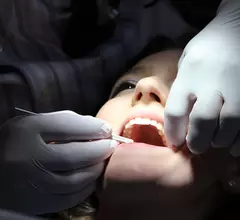Over a recent eight-month period, children were not often called back to the ER of an academic children’s hospital in California due to discrepant radiology reports. However, the few who had to go back for a second look rang up additional charges to the tune of an average $2,289 per patient.

